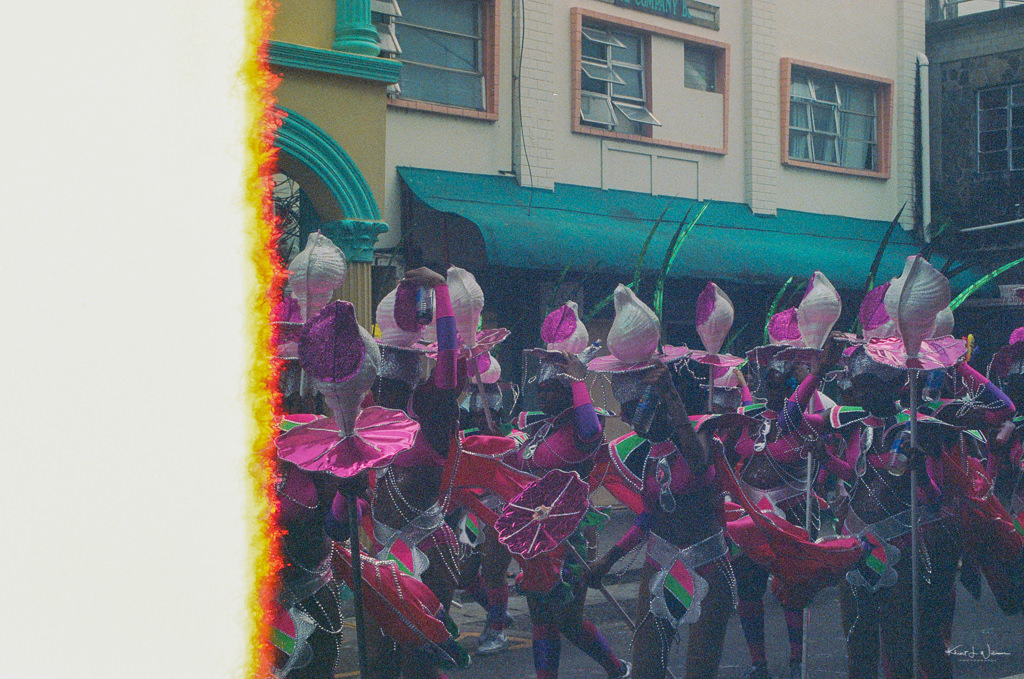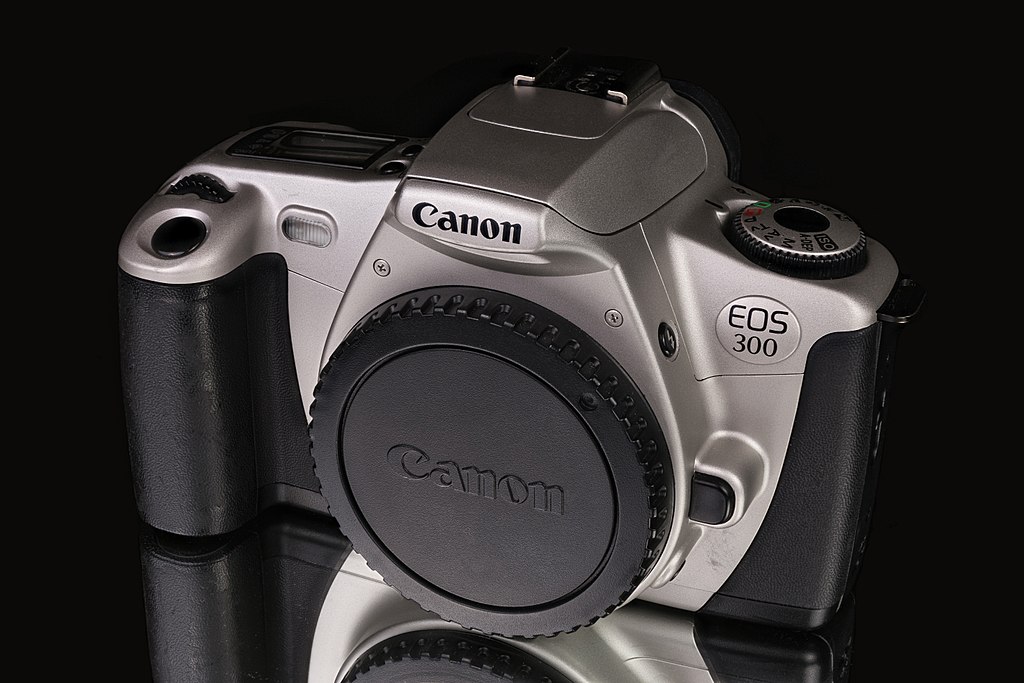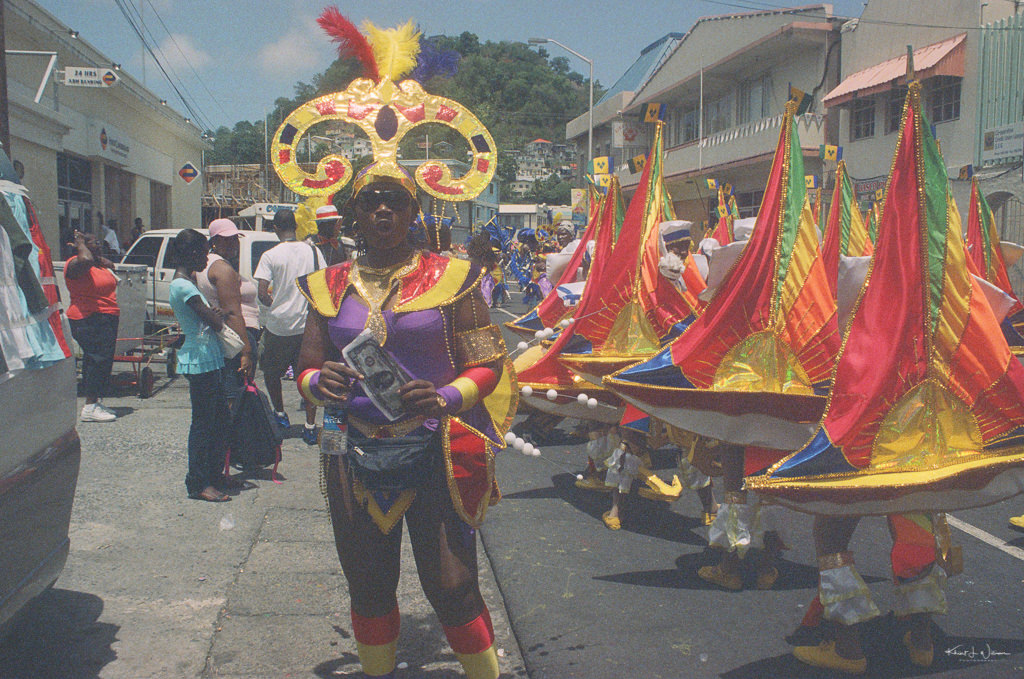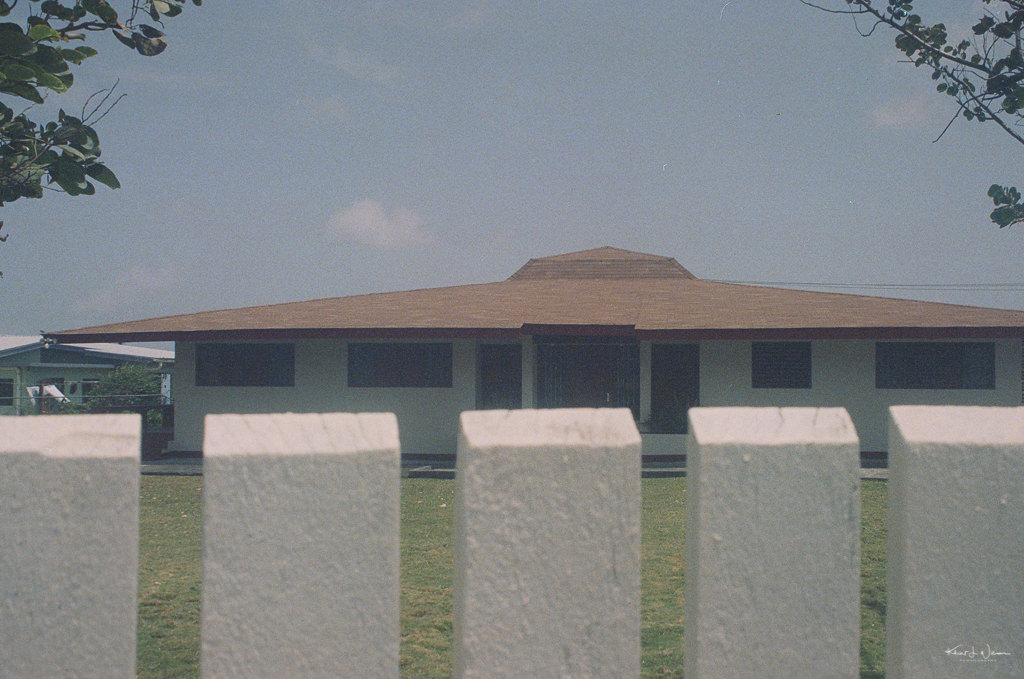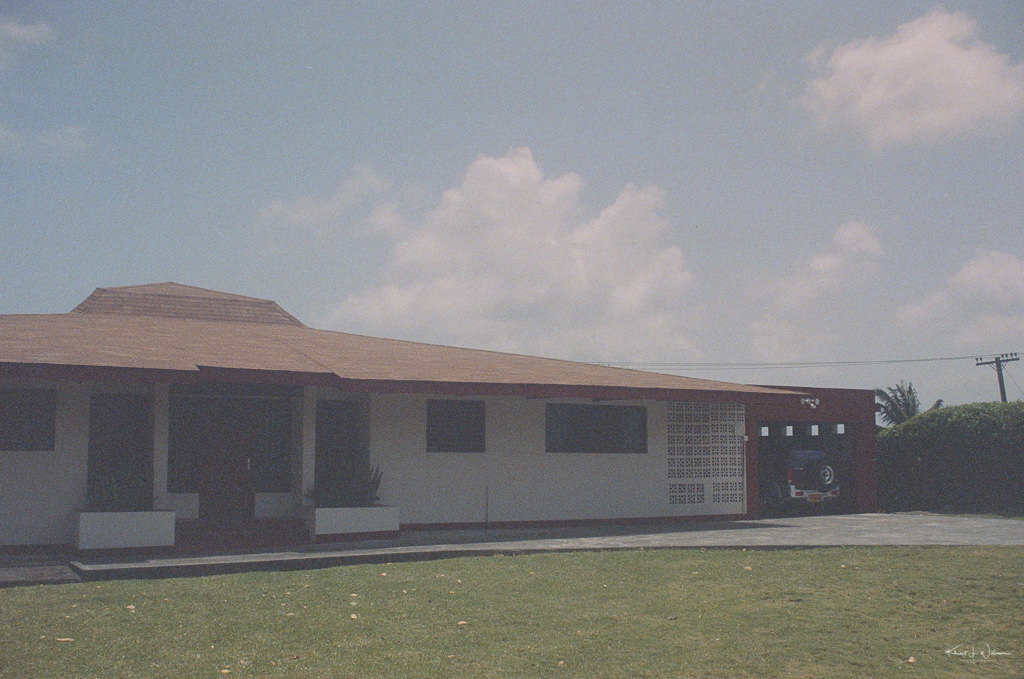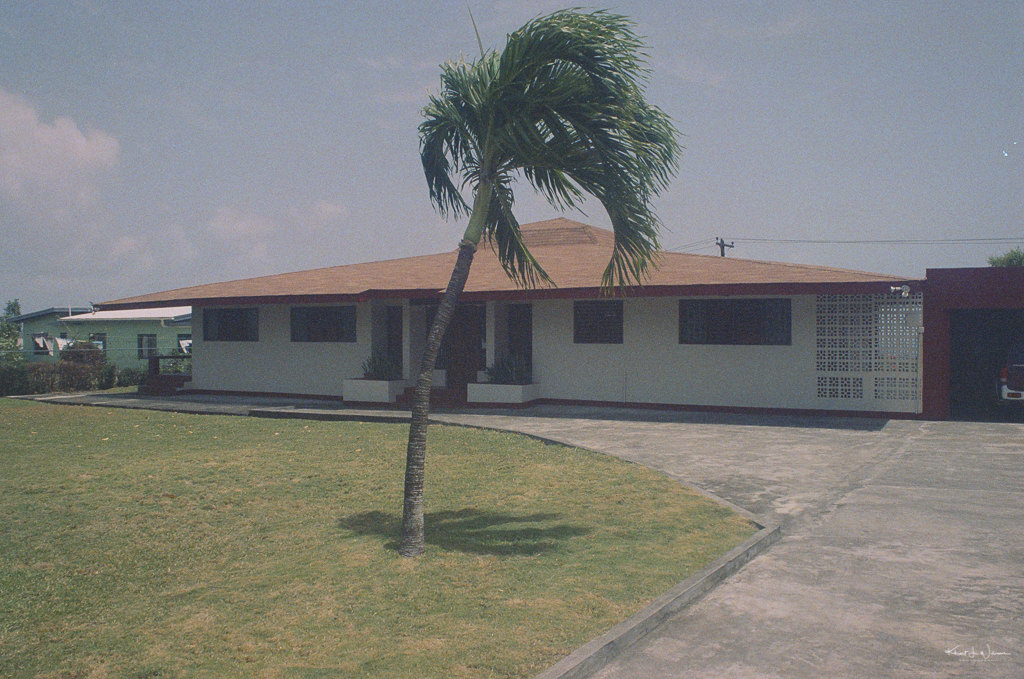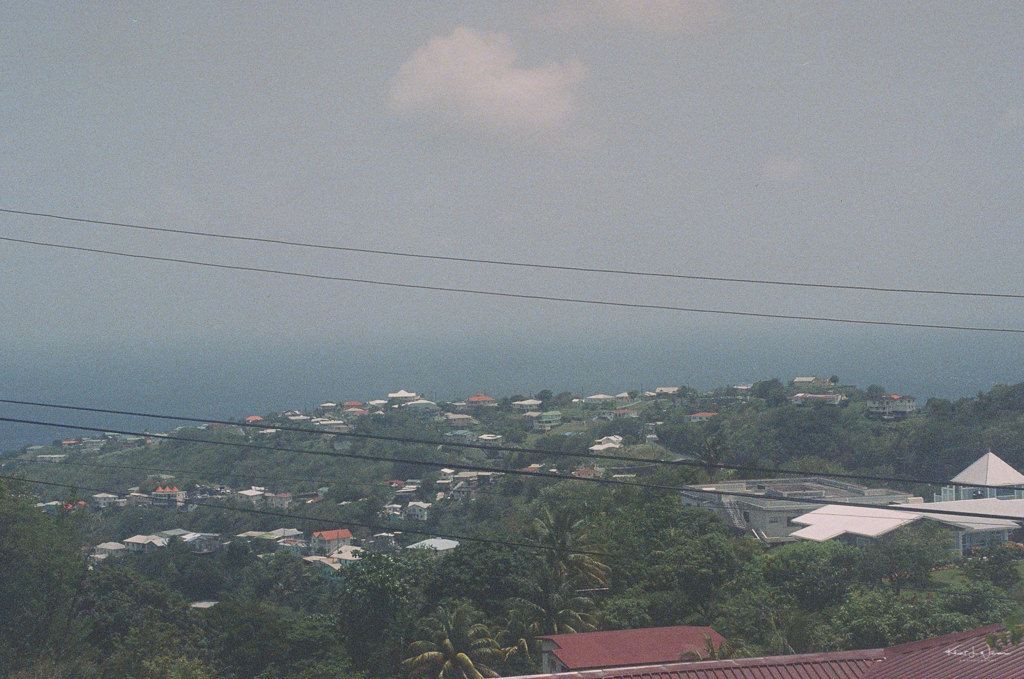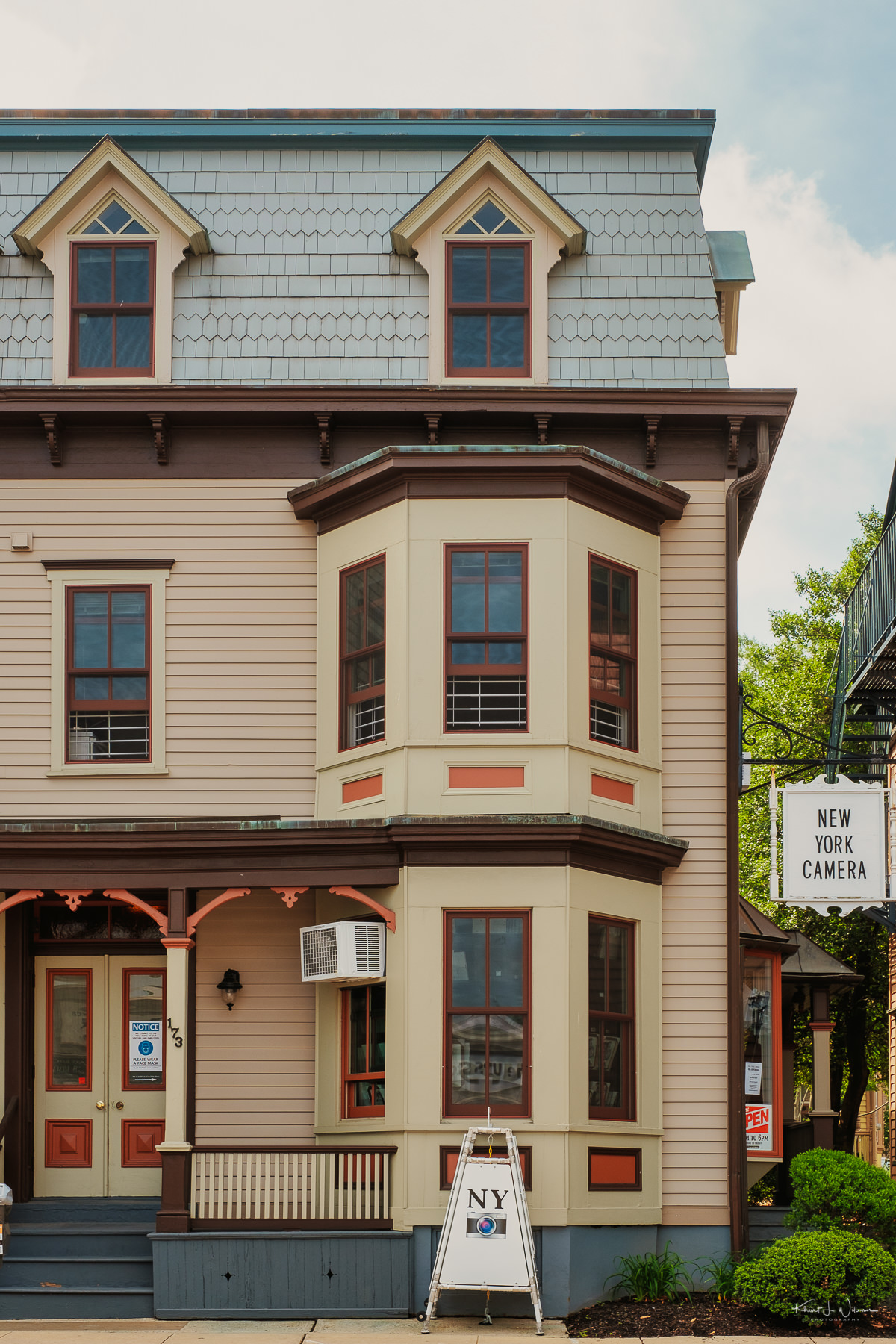Sometime last week, citing challenges sourcing materials, Fujifilm announced the discontinuation of production and sale of Fujicolor Pro 400H, a popular daylight-balanced colour negative film . The psychological reactions from photographers on the interweb are as varied as one would expect. While some photographers are dealing with feelings of loss, some other photographers are dealing with feelings of denial, and some are accepting of the reality of what professional photographers have known for decades. The film industry is in a long and slow death spiral. Will some film photography be around in thirty years? Perhaps, but it most likely will resemble the horse and buggy industry1.
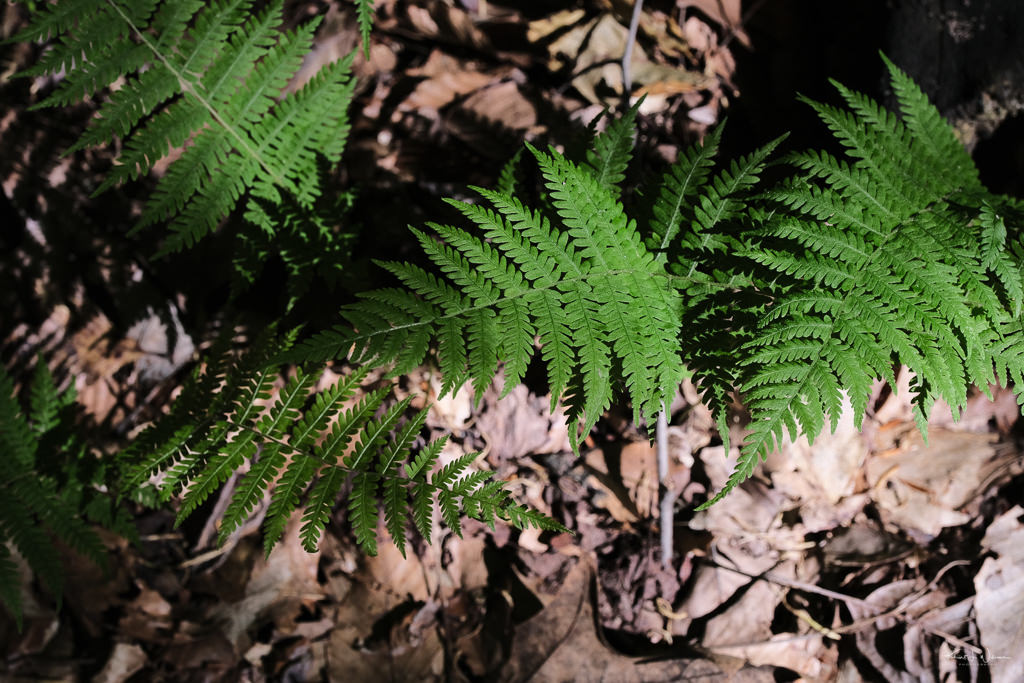
The resolution of 35mm film cannot compete with modern digital sensors. 120 film beats the highest modern digital medium format cameras. The grain of 35mm film is unmistakable, and in many circumstances, is considered obtrusive. The fact of the matter is every professional photographer believes in the benefits of modern technology currently available in newer digital cameras. After developing about 4000 35mm film frames, you would spend enough to buy a brand-new full-frame digital camera when comparing costs. The economics of the film industry is not sustainable. Film production uses chemicals and processes that are not eco-sustainable. Perhaps we could do more to focus our efforts on cleaning up the film industry while developing digital workflows to re-create whatever it is about the film that we enjoy. The only advantage is film photography is the availability and affordability of medium and large format cameras.
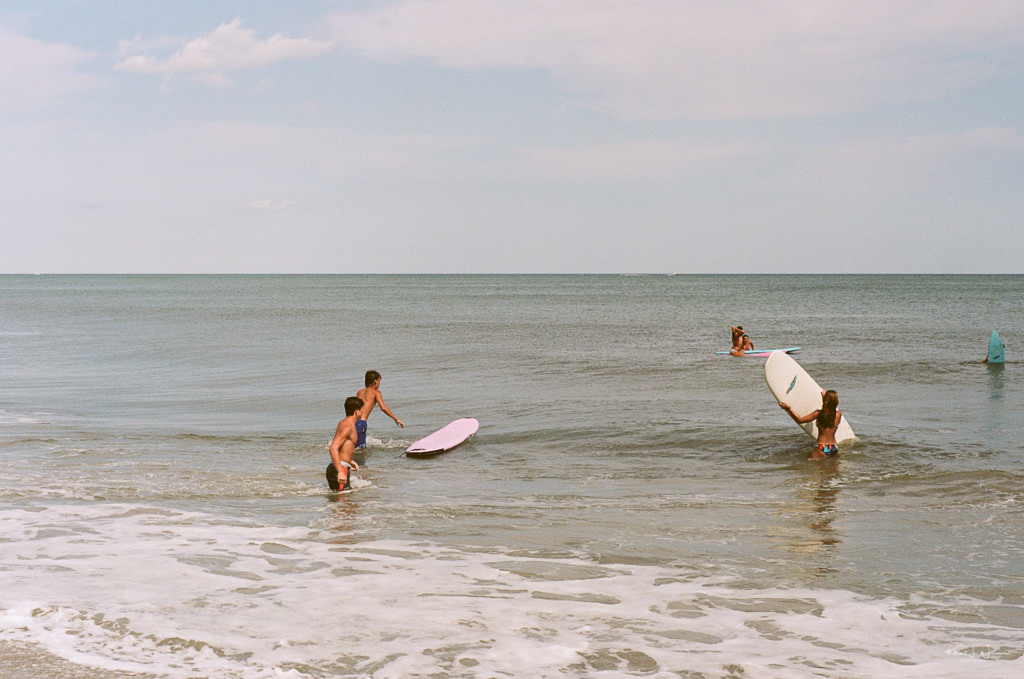
Whether the remaining stock of Fujicolor Pro 400H is bought up by obstinate photographers stuck in unchanging "no growth" mindsets or casual photographers, or Internet opportunist is irrelevant. Like my father and father-in-law, Fujicolor Pro 400H is gone. Acknowledge your grief and cry. Then go find creativity to ways to work around the problem. I think digital photographers are inventive, creative and brilliant. Don't let the worship of long-dead film photographers put chains around that.
Last year, while I was locked down at home bored, I rekindled, after a nearly 30 years hiatus, my joy of 35mm film photography. My father and father-in-law were avoided casual photographers, and after their passing, I developed a nostalgia for old things (including record players) from my lived experience. I was also experimenting with digital film simulation. During the Spring and Summer of last year, I experimented with various digital film simulation recipes via Ritchie Roesch's film simulation challenge. Ritchie has a good eye for colour, experience with film photography, and has created several dozen film simulations. His work shows ingenuity and a willingness to experiment and build community, a tendency I don't see as much with film photographers.
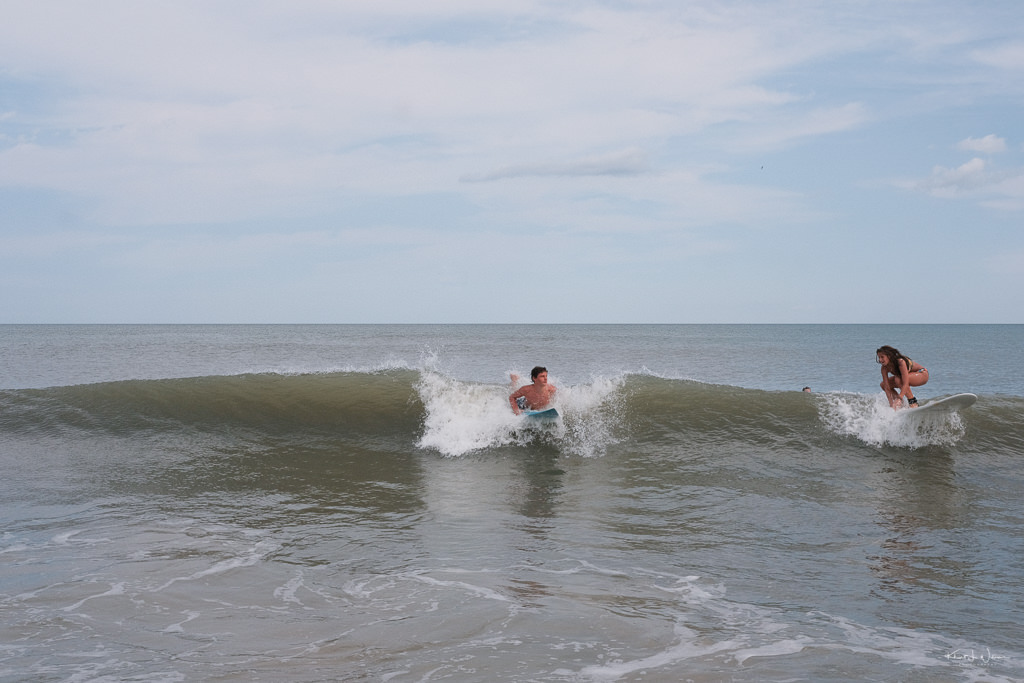
I shot a roll of Fujicolor Pro 400H Film Simulation and loved how it rendered the greens. My wife and I spent a lot of time hiking in the local woods and forests during the spring and summer last year, and I was excited to run a roll into a film camera. I read up on Fujicolor Pro 400H but had problems purchasing it, and my Pentax ES II was out for repair. Eventually, I had some in hand and started and completed a roll of Fujicolor Pro 400H in Autumn. Fujicolour Pro 400H tends toward green and magenta which I think are just perfect for landscape photography and "non-white" skin portraits.
When I read the announcement, I went online to find some 35mm rolls to shoot in my Minolta XD-11 this summer. Film Photography Project, Amazon and B&H Photo were sold out, but I found that I had already put one roll in Adorama shopping cart some months ago. I bought five rolls of 135. It may be the last five rolls of Fujicolor Pro 400H 35mm film I ever shoot. I'm ok with that.
- I think that some photographers care more about saving the film industry than the North Atlantic right whale. ↩

